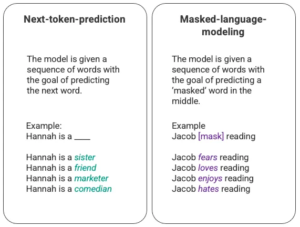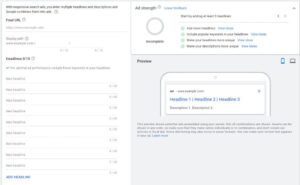what’s in this article:
- Businesses who use diversity in marketing practices will win big
In today’s marketing landscape, we frequently toss words like “diversity” and “inclusion” around. Unfortunately, it’s not that common to see brands follow through and challenge long-held stereotypes. Marketers still forgo opportunities to showcase diverse races, gender roles, and body types. According to a 2021 study from the Unstereotype Alliance, people with a mixture of skin colors, ethnic origins, different body types, and non-stereotypical gender roles are still wildly underrepresented.
This gap is a huge missed opportunity for many reasons (promoting healthy societal norms for one), but it’s also better for business: brands that show their commitment to diversity, equity, and inclusion in marketing found success, particularly among younger generations.
What is Diversity in Marketing?
So what exactly does diversity in marketing mean? For starters, marketers may want to target campaigns towards an array of races and ethnicities. Diversity also means eschewing traditional gender roles and stereotypes, defying ageism, and showing numerous body types in ads. Diversity marketing doesn’t see a certain type of person — typically white with traditional masculine or feminine features — as the “default.” Instead, it recognizes the experiences and expectations of people outside that box.
Marketers aren’t focusing on inclusivity
Many marketers are missing out on opportunities to broaden their audience. The Unstereotype report uncovered some disappointing findings in the current state of marketing:
- Of the 3,500 ads measured, only 22% included a mixture of ethnic origins or skin color
- Although women are being given more screen and speaking time in ads, only 7% of women star in non-traditional, unstereotyped roles
- Likewise, advertising that shows male characters with caring personalities is considered progressive, but only 9% of men star in non-traditional, unstereotyped roles
- Most characters in ads appear younger than 40; 30% of ads cast a man who appears 40 or older, while just 19% cast a woman who appears 40 or older
- Only 22% feature women with diverse body types
- Since March 2020, the industry’s progress with equal and stereotype-free depictions of gender has plateaued
Despite the above statistics, many brands have found great success using diversity in their marketing.
Moving beyond stereotypes
The Unstereotype Metric reports that this advertising is “linked with a higher intention to purchase” because diverse ads are distinctive and memorable to consumers. There are plenty of real-world case studies to back this up: the success of Fenty Beauty, the rise of DTC lingerie brand ThirdLove, and many others. Moreover, consumers — particularly those in millennial and Generation Z age groups — have indicated that diverse marketing is meaningful to them. This is quite literally the future consumers want.
Representation = opportunity
This conversation isn’t just happening in marketing; audiences are increasingly seeking out more diverse characters in various forms of media. People want to be able to see themselves, whether that’s in an ad or a feature film. For marketers, not diversifying their efforts is leaving money on the table: inclusivity reaches a broad audience of receptive customers. You know the saying: representation matters. It matters because of the greater societal good, it matters because it’s making the world a more inclusive place, and it matters in the business sense.
It’s not easy to rethink stereotypical portrayals of race, gender, and other key identifiers. Often, the lack of diversity in marketing doesn’t come from a place of harmful intent, just unawareness of different cultures and identities. However, it’s long past time for marketers to increase their understanding of these issues and translate that education into ad campaigns. It’s worth it — the money doesn’t lie.
The post Diversity in Marketing: Why it Pays Not to Stereotype appeared first on Post Funnel.




